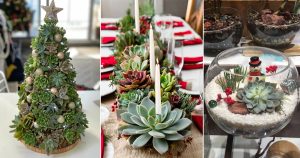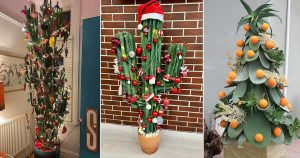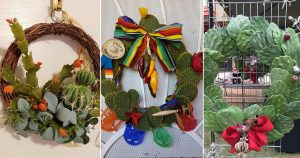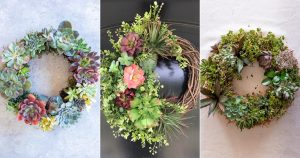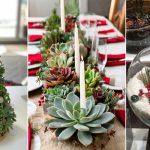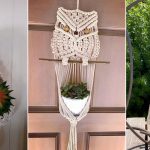Love both animals and succulents? Combine them with this crafty gardening project to make a jaw-dropping succulent jellyfish!
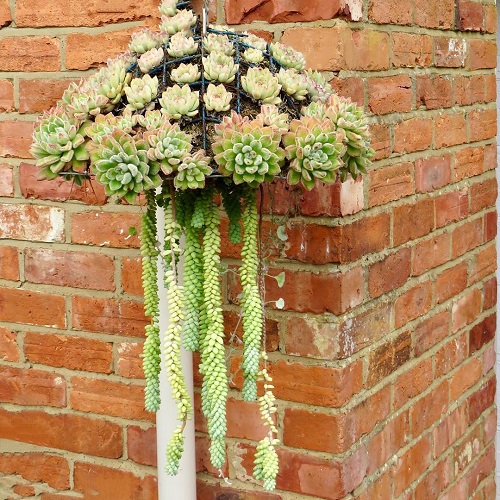
Creativity knows no bounds! So why not unleash the artist within you and make a succulent project that mimics the look of a traditional jellyfish? With long stringy tentacles and an umbrella-like body, your plant art will make the sea come home!
Items Required for the Project
1. Type of Container
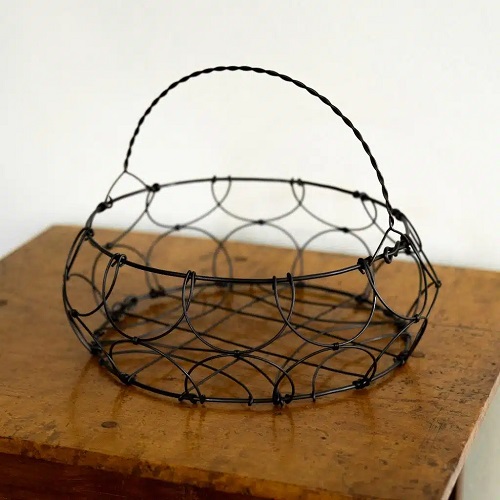
Since you will have to display the long tentacles of your botanical jellyfish, you can’t have a container that sits on the ground. You will need a hanging basket. But not just any regular one; you will need a basket with space between each woven bar for the vining succulent to emerge through.
Make sure the container and the hanging rope/chain are sturdy enough to hold the weight of all the plants and the substrate.
2. Succulent Varieties
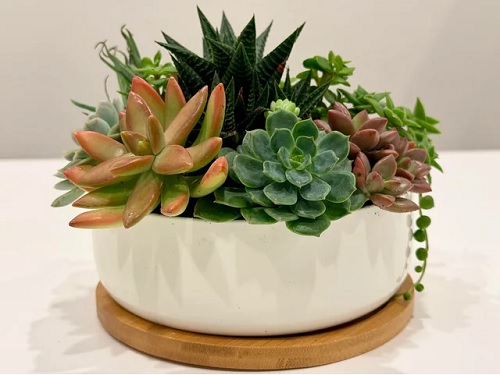
A jellyfish is known for its dome-like body from which a bunch of tentacles emerge. A single succulent type will not be able to accurately imitate this form. So, you will need at least two succulent species, each with different physical attributes.
For the tentacles, a string of pearls is the best option. At the same time, the umbrella-like dome can be formed by strategically arranged Echeverias!
3. Substrate and Binding Material
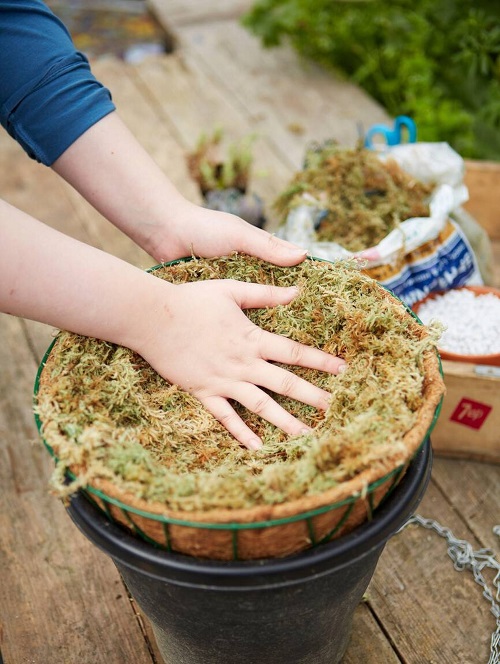
Most succulents need soil to grow in; therefore, choosing a lightweight yet nutritionally dense potting mix is a must. Also, we have a special illusion trick made using coconut coir sheets. It will help the string of pearls protrude from within the dome structure instead of from the top of the pot. (You will learn more about it in the instructions.)
How to Make a Succulent Jellyfish?
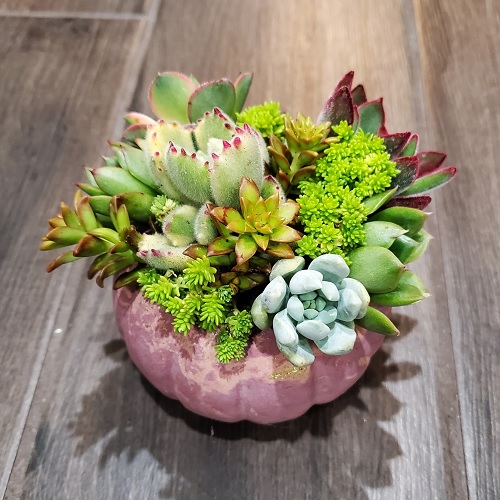
Now that you have gathered all the materials to make this crafty gardening idea, we can get started!
Preparing the Base
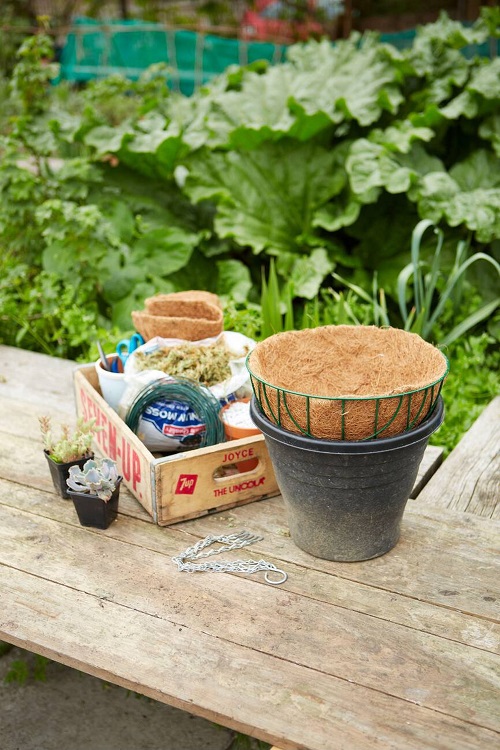
- Firstly, you must prepare the foundation of the project, which is the hanging basket. Due to the large gaps between the wiring of the basket, the soil will easily fall out. Here’s where the coconut coir sheet comes to the rescue!
- Lay down a sheet of coconut to so that about 3/4th of the basket is now enclosed and can support the substrate.
- Fill this pocket with a light, succulent-friendly potting mix. Ensure there is no spillage over the top, and the coir sheet is durable enough to withstand the weight.
Planting the Succulents
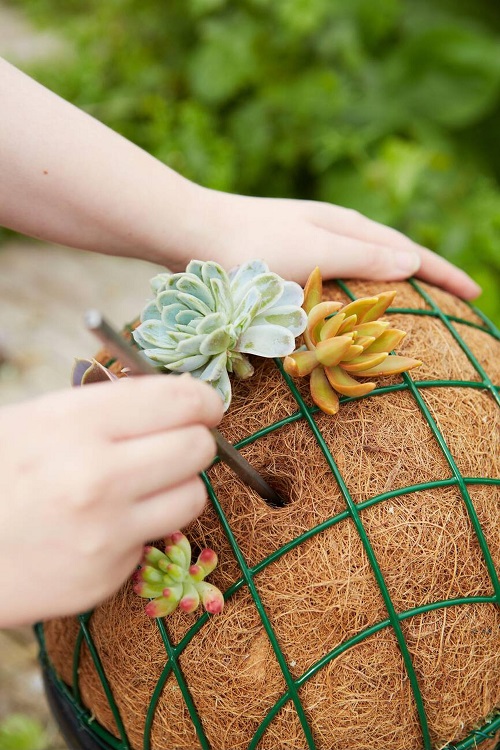
- Now it’s time to plant your first succulent variety to mimic the tentacles! Plant the string of pearls around the circumference of the container in such a way that the long vining stems droop down along the edge.
- Next, cut out a circle from the coconut coir sheet the size of the circumference of the container. You will need this new donut-shaped sheet to cover the string of pearls at the point of their planting in the soil.
- The previous step will not only allow more substrate to be filled in but also secure the vining succulents in place.
- Next, fill in more potting mix to an extent that it looks like a mini mound! This shape is important as the Echeverias will be arranged on top to create the dome shape. Multiple Echeverias will be required to fill out the entire “soil hill.”
Add the Artistic Touch
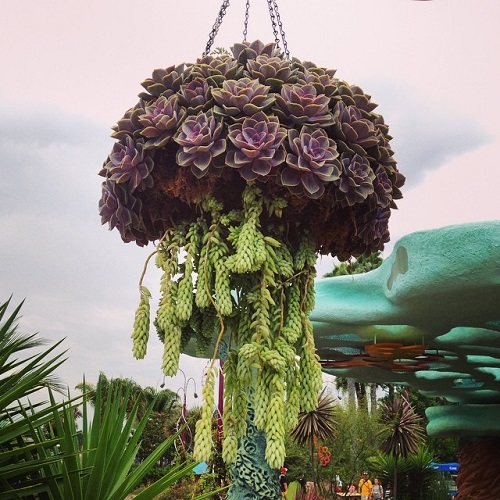
- It is obvious that there will be small gaps between the Echeverias. If you would like to plug them up, you can stuff grass or moss in those holes.
- Finally, hang the entire arrangement in a location where there is not much human traffic and ensure that you provide it with the right care. Sunlight, watering, and pruning are key to a healthy and long-lasting succulent jellyfish!

